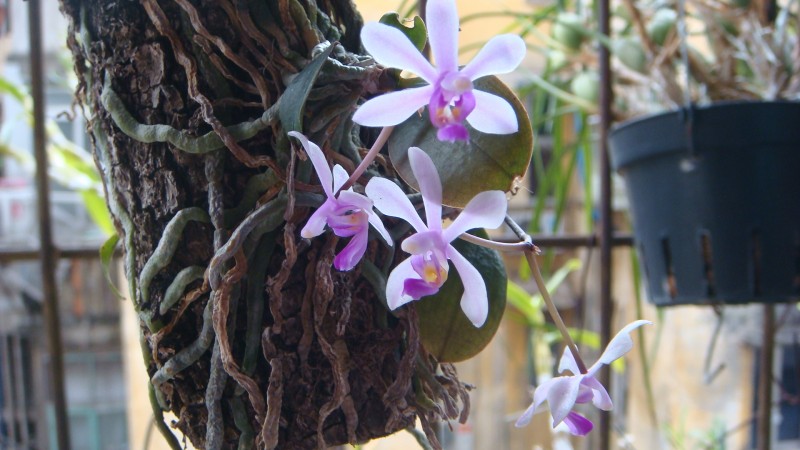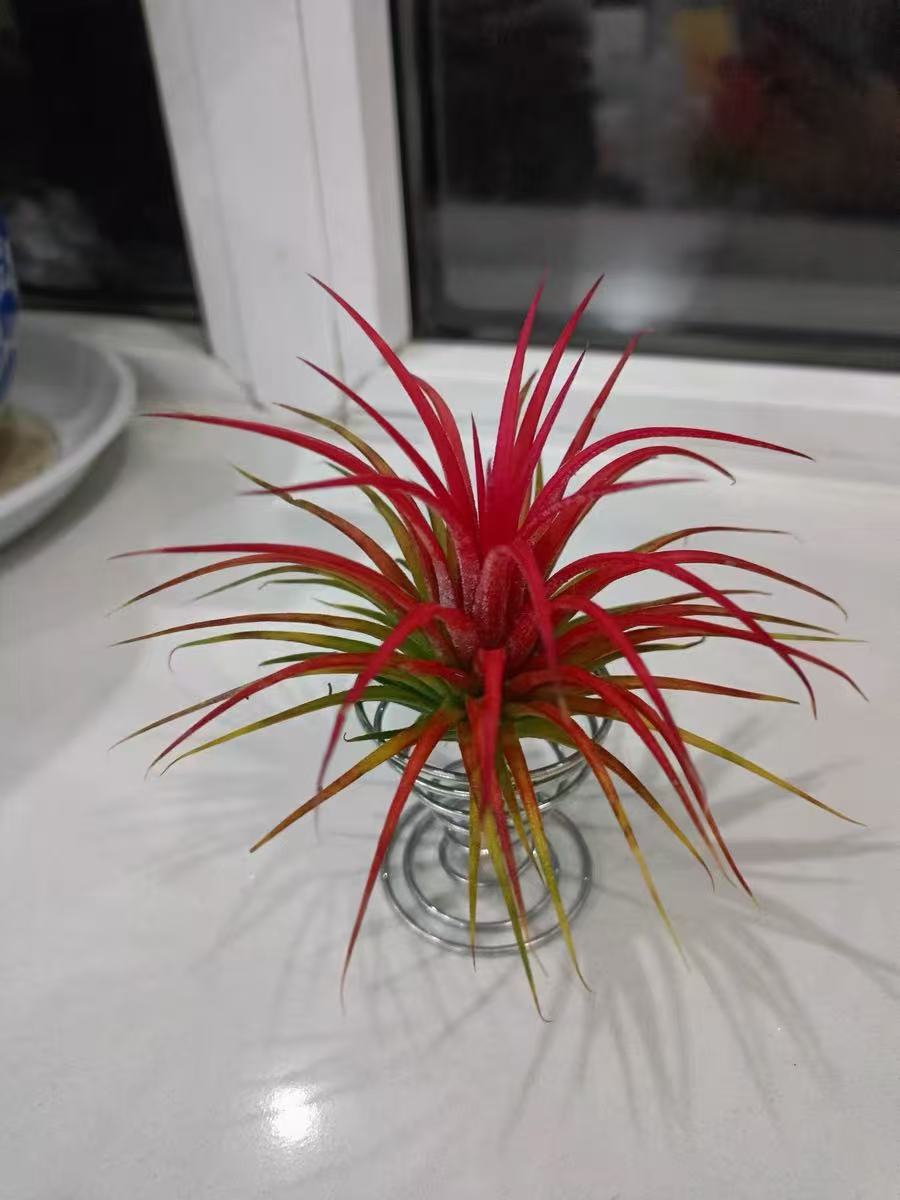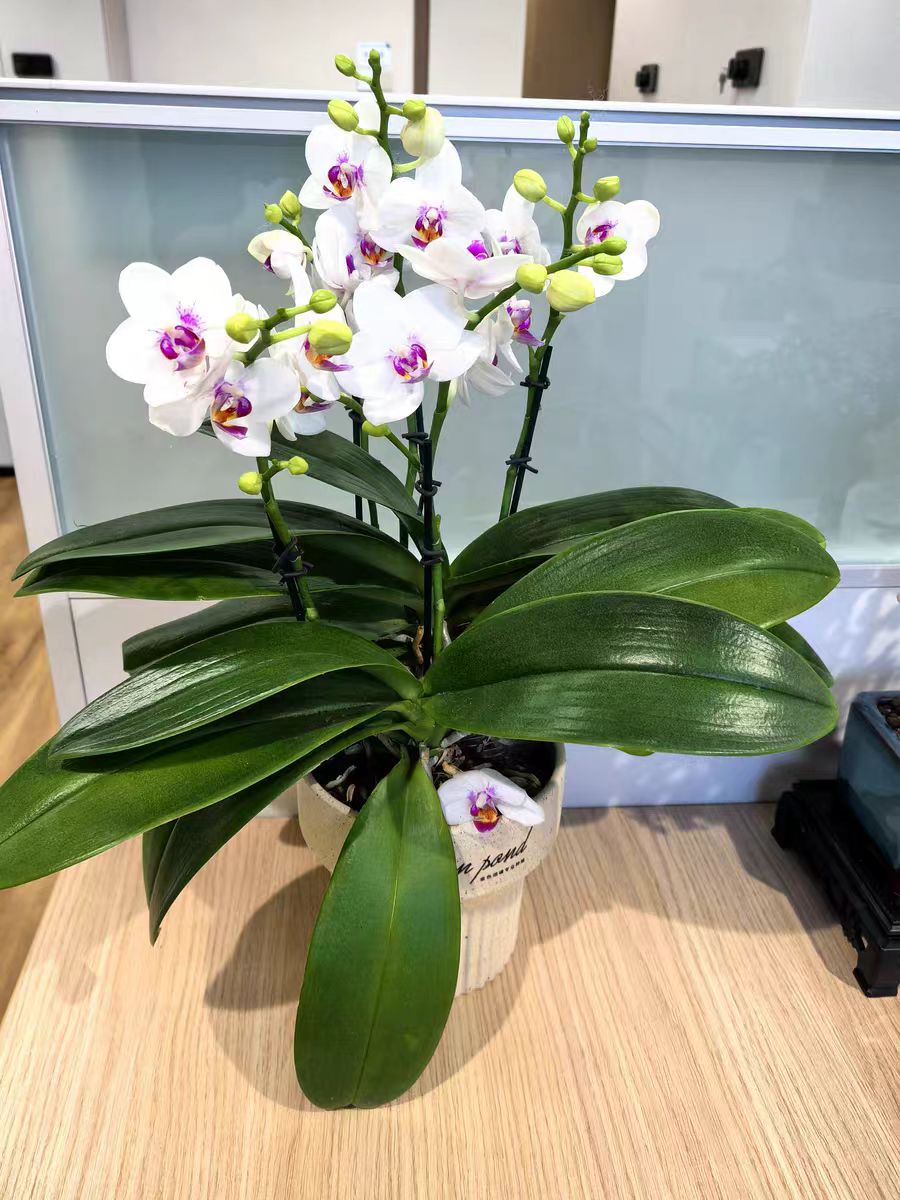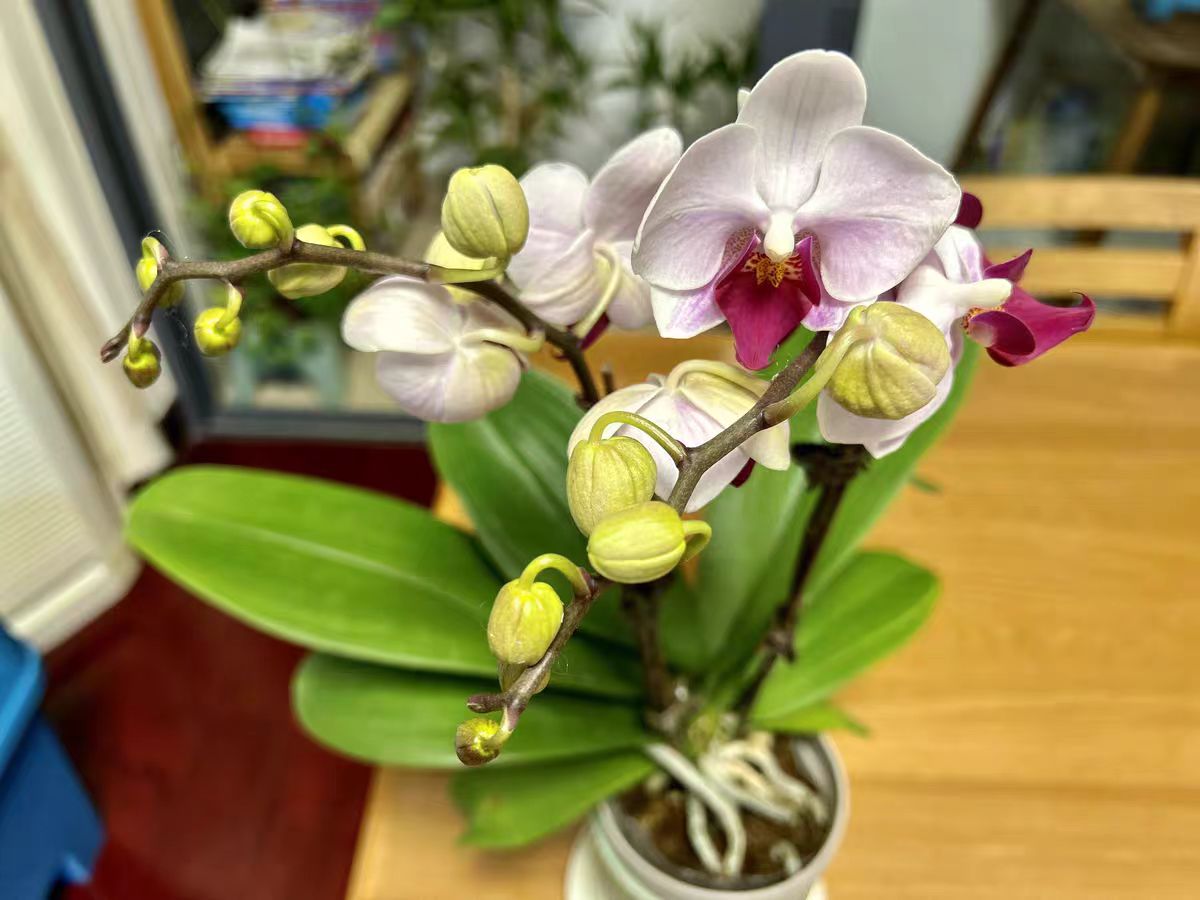In the Jiangsu-Zhejiang-Shanghai region, the climatic conditions in winter pose certain challenges for the maintenance of Phalaenopsis orchids. However, as long as the correct methods are mastered, they can still grow healthily in the cold season.
Firstly, understanding the native Phalaenopsis orchid varieties suitable for the Jiangsu-Zhejiang-Shanghai region is key. Some varieties that are more adapted to the local climate, such as "Phalaenopsis equestris" and "Phalaenopsis wilsonii", have relatively good cold resistance and adaptability.
In winter, temperature control is of the utmost importance in maintaining Phalaenopsis orchids. The winter temperature in Jiangsu, Zhejiang and Shanghai is relatively low, and the suitable growth temperature for Phalaenopsis orchids is between 15 - 20 degrees Celsius. When the temperature is lower than 10 degrees Celsius, Phalaenopsis orchids may suffer from frost damage. Therefore, in cold weather, it is necessary to move the Phalaenopsis orchids to a warm indoor place, such as a position near the window, which can not only ensure a certain amount of light but also avoid direct cold wind.
Light also plays an important role in the growth and flowering of Phalaenopsis orchids. The sunlight in winter is relatively weak, and Phalaenopsis orchids can receive more sunlight exposure, but direct sunlight should be avoided to prevent leaf burns. Ensuring 4 - 6 hours of scattered light every day helps Phalaenopsis orchids carry out photosynthesis and accumulate nutrients.
In terms of watering, the growth rate of Phalaenopsis orchids slows down in winter, and the demand for water decreases. The frequency of watering should be appropriately reduced, and the planting material should be kept slightly moist. When watering, pay attention to the water temperature, which should be as close as possible to the room temperature to avoid cold water stimulating the roots. At the same time, attention should be paid to maintaining a good ventilation environment to prevent the breeding of pests and diseases caused by excessive humidity.
Fertilization is also a link that cannot be ignored in maintaining Phalaenopsis orchids in winter. Due to slow growth, the concentration and frequency of fertilization in winter should be reduced. You can choose to apply a thin liquid fertilizer every 2 - 3 weeks to provide necessary nutrients.
In addition, the winter in the Jiangsu-Zhejiang-Shanghai region is relatively dry. To increase the air humidity, water basins can be placed around the Phalaenopsis orchids or a humidifier can be used. Appropriate air humidity helps maintain the luster of the leaves and the quality of the flowers of Phalaenopsis orchids.
For the prevention and control of pests and diseases, we cannot take it lightly in winter. Regularly inspect the leaves and flowers, and promptly discover and handle pest and disease problems. Common diseases such as soft rot and anthrax can be controlled by promptly removing the diseased leaves, strengthening ventilation, and using corresponding pesticides.
Maintaining Phalaenopsis orchids in winter in Jiangsu-Zhejiang-Shanghai requires us to be more careful and patient. Pay attention to details such as temperature, light, watering, fertilization, and pests and diseases, and create a suitable growth environment for Phalaenopsis orchids.
How to grow Phalaenopsis orchids in winter in Jiangsu, Zhejiang and Shanghai?

Share with
Tagged in :




Leave a Reply